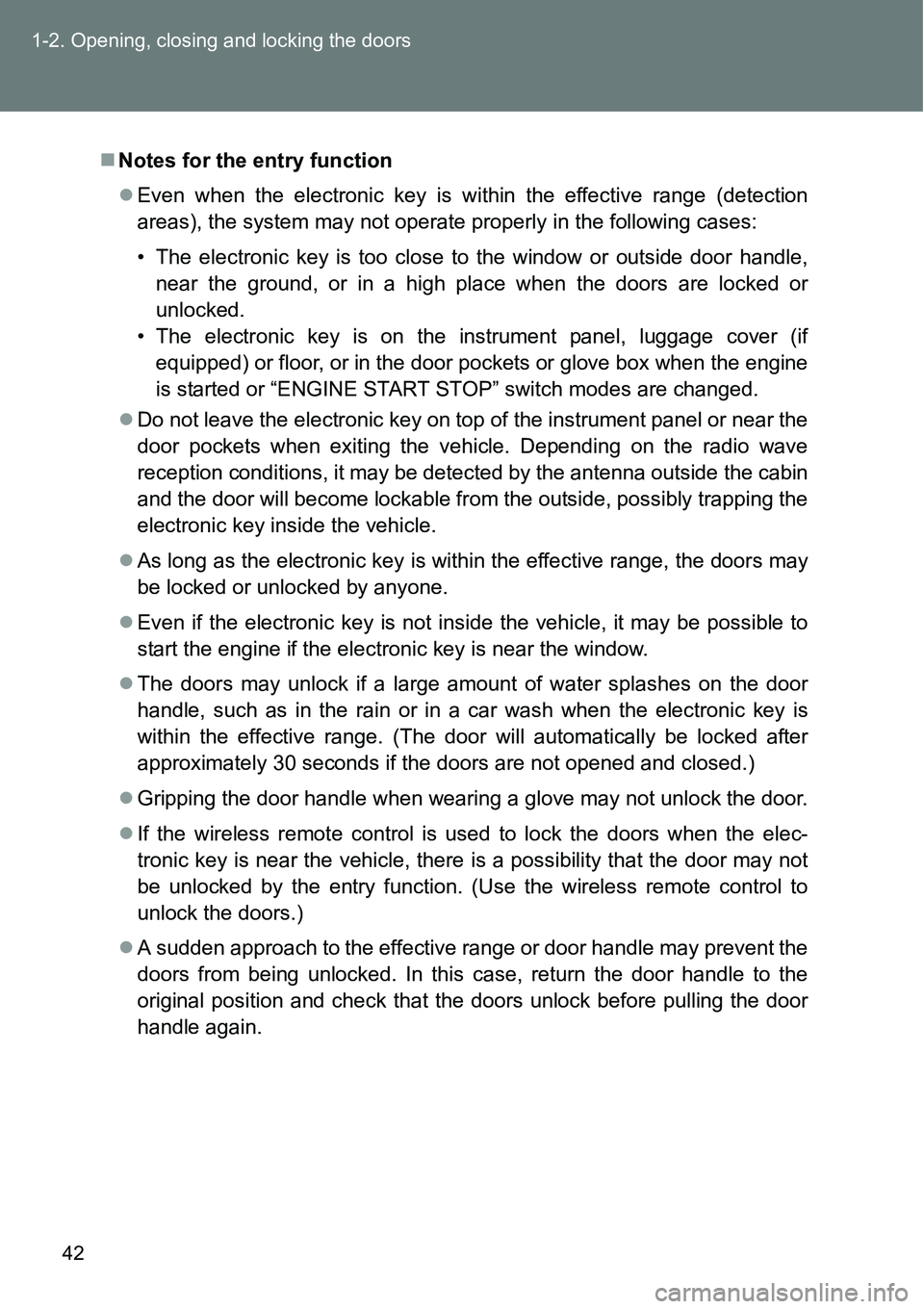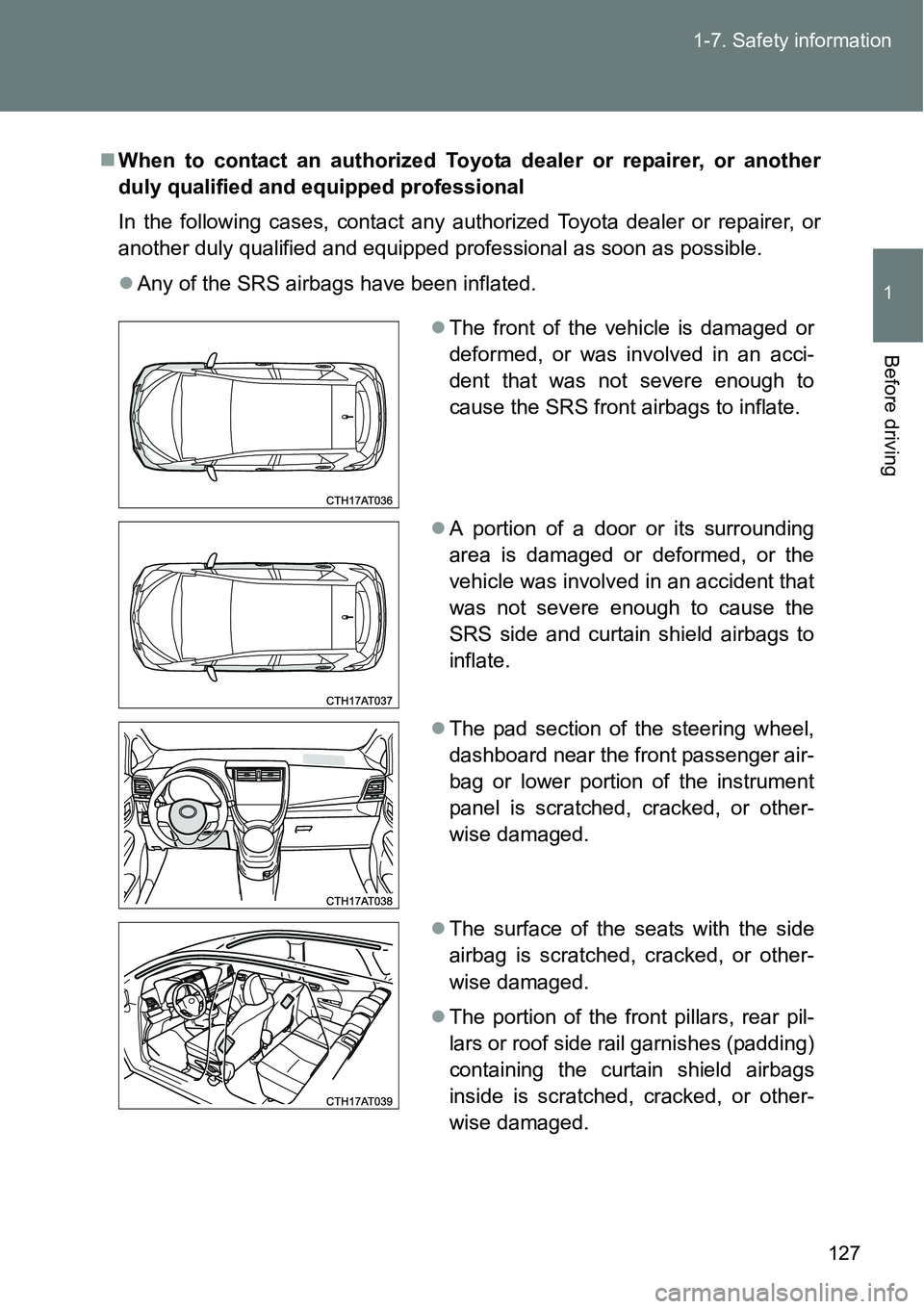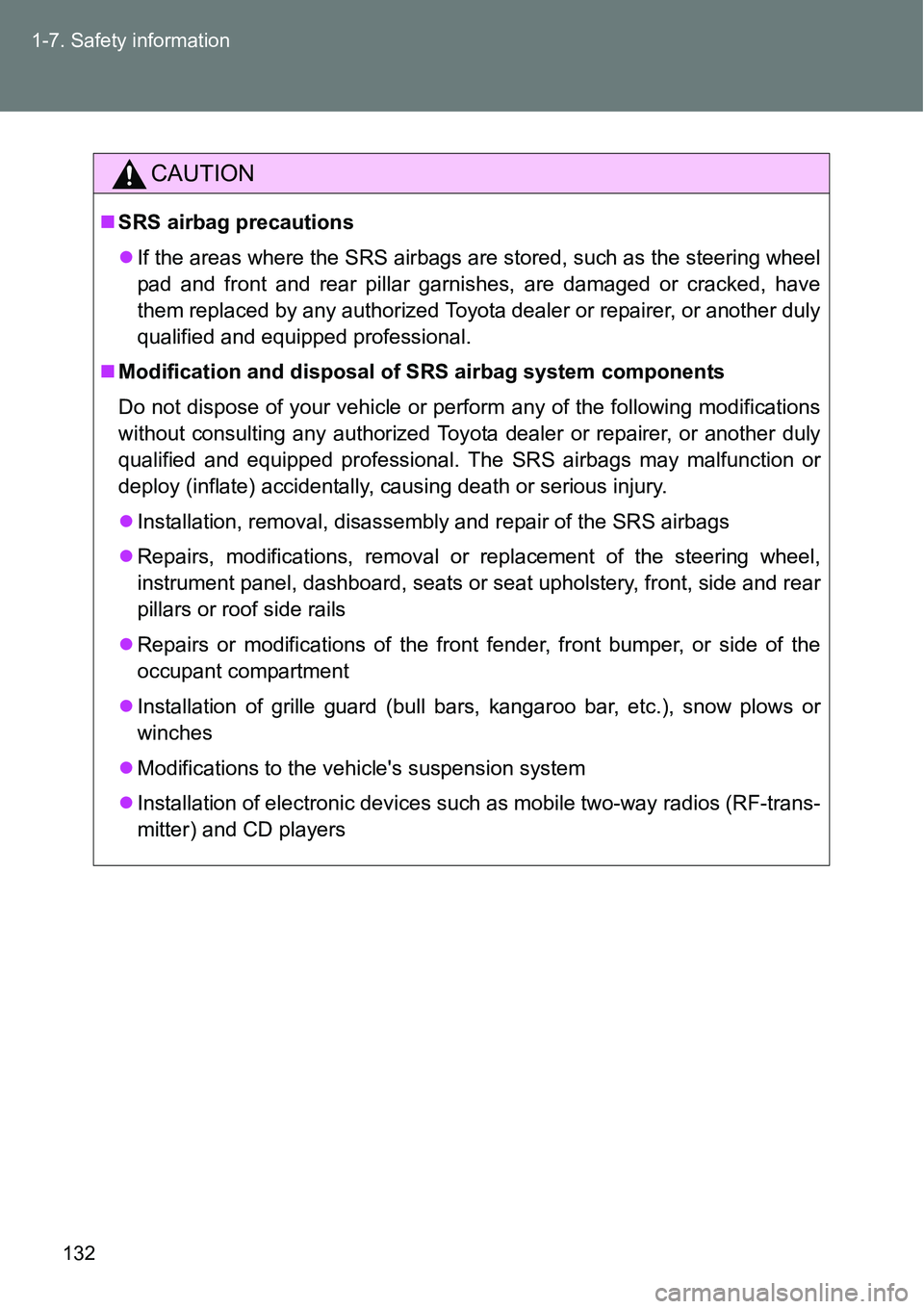Page 13 of 564
13
: If equipped*: Refer to “Navigation and multimedia system Owner’s manual”.
Emergency flasher switch P. 436
Cup holders P. 331
Windshield wiper and
washer switch
P. 221, 227Hood lock release lever
P. 367
Gauges and meters P. 198
Audio system
Navigation/Multimedia system
,*
P. 283
Shift lock override button
P. 495
SRS driver knee
airbag
P. 122
Fuel filler door
opener
P. 101
Engine (ignition) switch
(vehicles with a smart entry &
start system)
P. 173
Floor mat P. 345
Power outlet P. 336
Pictorial indexInstrument panel
(Left-hand drive vehicles)
Headlight switch
Turn signal lever
Fog light switch P. 213
P. 195
P. 219
Page 14 of 564
14
A
Vehicles with an automatic air conditioning system
Vehicles with a manual air conditioning system
Rear window and out-
side rear view mirror
defoggers switch
/
rear window defogger
switch
P. 281
Air conditioning
system
P. 272
Air conditioning
system
P. 266
Pictorial indexInstrument panel
(Left-hand drive vehicles)
Stop & Start cancel
switch
P. 231
“SPORT” switch P. 187
Stop & Start cancel
switch
P. 231
“SPORT” switch P. 187
Rear window and out-
side rear view mirror
defoggers switch
/
rear window defogger
switch
P. 281
Page 19 of 564
19
Headlight switch
Turn signal lever
Fog light switch P. 213
P. 195
P. 219
Hood lock release lever
P. 367
SRS driver knee
airbag
P. 122
Audio system
Navigation/Multimedia system
,*
P. 283
Fuel filler door
opener
P. 101
Floor mat
P. 345
Emergency flasher switch P. 436
Gauges and meters P. 198
Windshield wiper and
washer switch
P. 221, 227
Shift lock override
button
P. 495
Power outlet P. 336
: If equipped*: Refer to “Navigation and multimedia system Owner’s manual”.
Cup holders P. 331
Pictorial indexInstrument panel
(Right-hand drive vehicles)
Page 20 of 564
20
Rear window defogger
switch
P. 281
A
Vehicles with an automatic air conditioning system
Vehicles with a manual air conditioning systemAir conditioning
system
P. 272
Air conditioning
system
P. 266
“SPORT” switch P. 187
Rear window defogger
switch
P. 281
“SPORT” switch P. 187
Pictorial indexInstrument panel
(Right-hand drive vehicles)
Page 42 of 564

42 1-2. Opening, closing and locking the doors
Notes for the entry function
Even when the electronic key is within the effective range (detection
areas), the system may not operate properly in the following cases:
• The electronic key is too close to the window or outside door handle,
near the ground, or in a high place when the doors are locked or
unlocked.
• The electronic key is on the instrument panel, luggage cover (if
equipped) or floor, or in the door pockets or glove box when the engine
is started or “ENGINE START STOP” switch modes are changed.
Do not leave the electronic key on top of the instrument panel or near the
door pockets when exiting the vehicle. Depending on the radio wave
reception conditions, it may be detected by the antenna outside the cabin
and the door will become lockable from the outside, possibly trapping the
electronic key inside the vehicle.
As long as the electronic key is within the effective range, the doors may
be locked or unlocked by anyone.
Even if the electronic key is not inside the vehicle, it may be possible to
start the engine if the electronic key is near the window.
The doors may unlock if a large amount of water splashes on the door
handle, such as in the rain or in a car wash when the electronic key is
within the effective range. (The door will automatically be locked after
approximately 30 seconds if the doors are not opened and closed.)
Gripping the door handle when wearing a glove may not unlock the door.
If the wireless remote control is used to lock the doors when the elec-
tronic key is near the vehicle, there is a possibility that the door may not
be unlocked by the entry function. (Use the wireless remote control to
unlock the doors.)
A sudden approach to the effective range or door handle may prevent the
doors from being unlocked. In this case, return the door handle to the
original position and check that the doors unlock before pulling the door
handle again.
Page 127 of 564

127 1-7. Safety information
1
Before driving
When to contact an authorized Toyota dealer or repairer, or another
duly qualified and equipped professional
In the following cases, contact any authorized Toyota dealer or repairer, or
another duly qualified and equipped professional as soon as possible.
Any of the SRS airbags have been inflated.
The front of the vehicle is damaged or
deformed, or was involved in an acci-
dent that was not severe enough to
cause the SRS front airbags to inflate.
A portion of a door or its surrounding
area is damaged or deformed, or the
vehicle was involved in an accident that
was not severe enough to cause the
SRS side and curtain shield airbags to
inflate.
The pad section of the steering wheel,
dashboard near the front passenger air-
bag or lower portion of the instrument
panel is scratched, cracked, or other-
wise damaged.
The surface of the seats with the side
airbag is scratched, cracked, or other-
wise damaged.
The portion of the front pillars, rear pil-
lars or roof side rail garnishes (padding)
containing the curtain shield airbags
inside is scratched, cracked, or other-
wise damaged.
Page 130 of 564
130 1-7. Safety information
CAUTION
SRS airbag precautions
Do not lean against the door, the roof
side rail or the front, side and rear pil-
lars.
Do not allow anyone to kneel on the
passenger seat toward the door or put
their head or hands outside the vehicle.
Do not attach anything to or lean any-
thing against areas such as the dash-
board, steering wheel pad and lower
portion of the instrument panel.
These items can become projectiles
when the SRS driver, front passenger
and knee airbags deploy.
Page 132 of 564

132 1-7. Safety information
CAUTION
SRS airbag precautions
If the areas where the SRS airbags are stored, such as the steering wheel
pad and front and rear pillar garnishes, are damaged or cracked, have
them replaced by any authorized Toyota dealer or repairer, or another duly
qualified and equipped professional.
Modification and disposal of SRS airbag system components
Do not dispose of your vehicle or perform any of the following modifications
without consulting any authorized Toyota dealer or repairer, or another duly
qualified and equipped professional. The SRS airbags may malfunction or
deploy (inflate) accidentally, causing death or serious injury.
Installation, removal, disassembly and repair of the SRS airbags
Repairs, modifications, removal or replacement of the steering wheel,
instrument panel, dashboard, seats or seat upholstery, front, side and rear
pillars or roof side rails
Repairs or modifications of the front fender, front bumper, or side of the
occupant compartment
Installation of grille guard (bull bars, kangaroo bar, etc.), snow plows or
winches
Modifications to the vehicle's suspension system
Installation of electronic devices such as mobile two-way radios (RF-trans-
mitter) and CD players